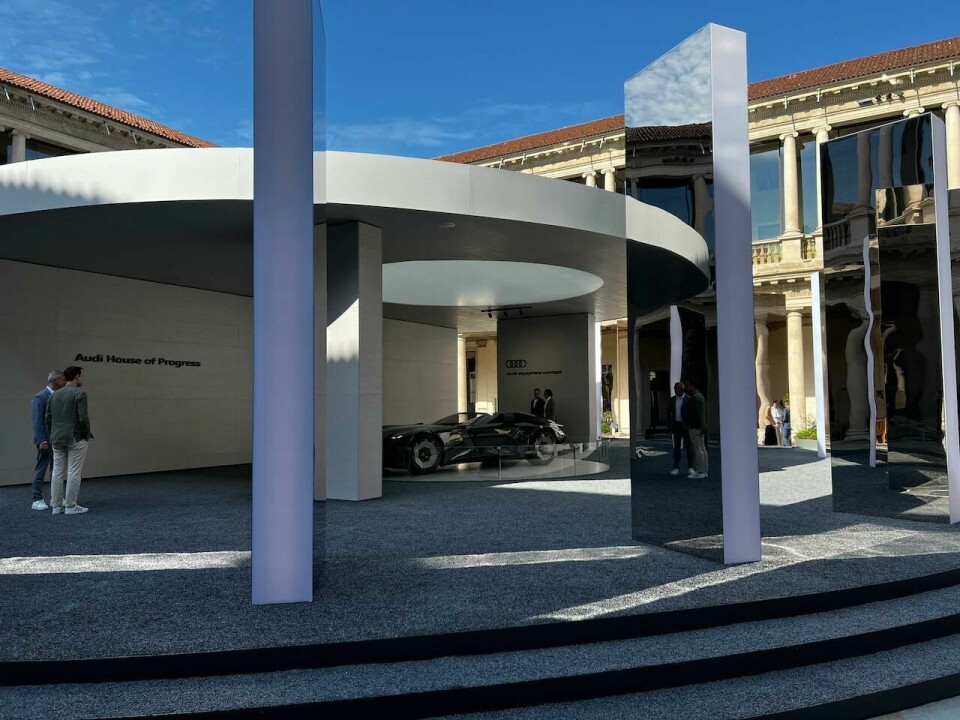
Dialogue a principal theme of Milan design week
Dialogue and cross-disciplinary thinking dominated the trade shows, installations and exhibits during the annual Milan design week with very interesting results
As we toured Milan last week, trying to see as many exhibits, installations and shows as possible, it soon became clear that dialogue and cross-disciplinary conversations were a major theme of the entire design week.
Although sustainability and environmental crises were perennial topics of design and discussion, there was a sense that conversations and collaborations across disciplines would enlighten and enrich any design problem. Silos won’t save us. The varied perspectives of product design, transportation design, interior design, architecture and urban design all have important things to say to each other about the design problems of our time.
It was certainly a principal topic of the panel discussion at our inaugural Milan Design Night at the Maserati Rossocorsa showroom. Featured speaker Emma Clerici of the Milan-based Baolab studio noted that designers should “surf between industries” to get a more thorough understanding of the problems facing us – large and small.
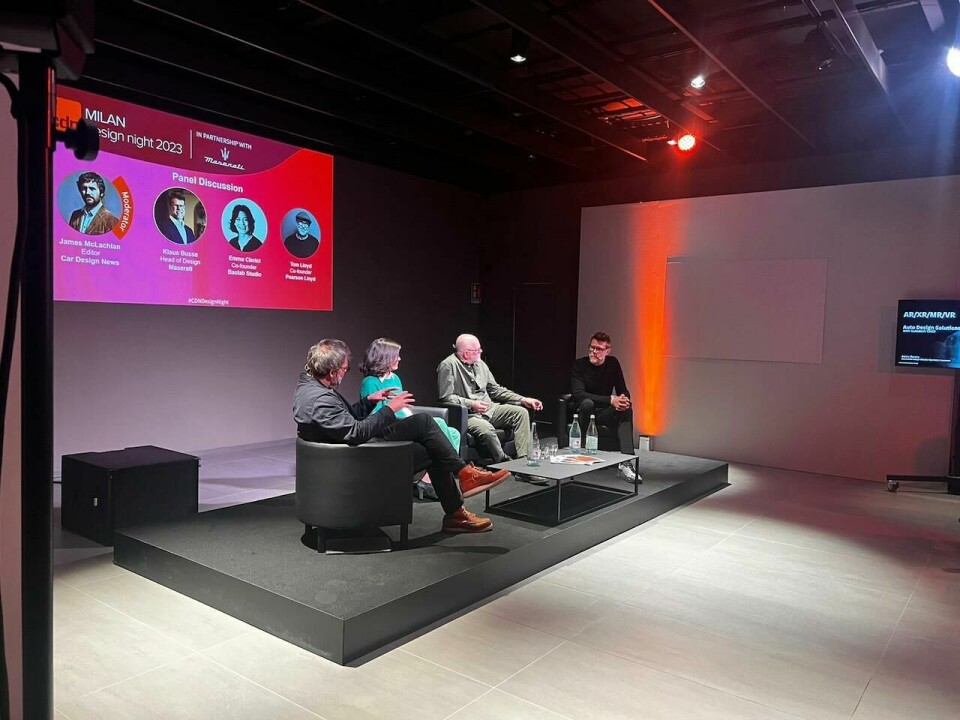
On an exhibition and installation level, Milan was full of interesting happenings that spoke of a dialogue between disciplines, and also between the past and present – so apparent in any Milan walkaround.
For instance, at the Porta Nova, one of the ancient gates into the city, which has a long and storied history (it held back the Spanish, but succumbed to Napoleon), the celebrated lighting designer Ingo Maurer created a field of bright field of silver mylar squares that were suspended over a series of day-glo coloured panels laid over the stone pavement below. Pianos were to be brought in for night concerts on this unlikely stage, but during the day, the silvery Mylar reflected day-glo colors all over the Porta itself and the surrounding park and buildings.
It was an unlikely collaboration between new and old, gossamer and ethereal versus the permanence and the timelessness of classical architecture. And finally, the dialogue between something inexpensive and fun versus something precious and contrived (and, admittedly, fun, as many of Maurer’s designs are).
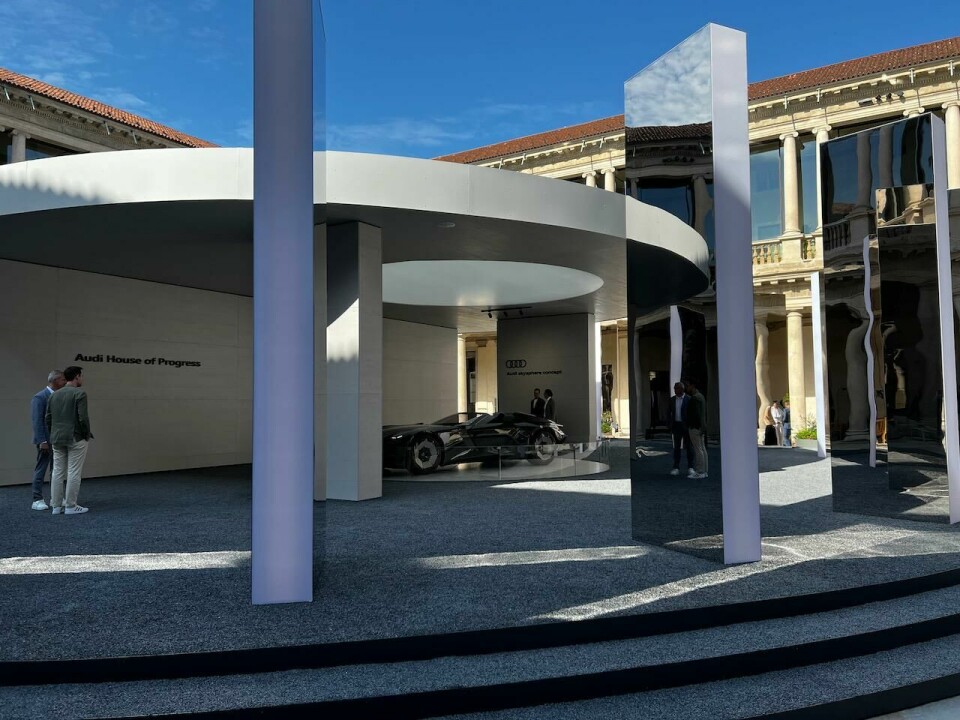
Across town, near the Porta Ticinese, in the lagoon at Darsena, Azimut Yachts created a floating dock installation to celebrate its new line of ‘Seadeck’ hybrid yacht designs. The dock was roughly hexagonal and visitors could walk from station to station reviewing the yacht’s eco credentials. The surface of the dock was recycled wine corks, ground to smaller gravel-size pieces. They were laid up in large yellow bags which provided a springy and surprisingly therapeutic surface.
Audi erected a circular pavilion to show off its Skysphere concept
As you walked around (shoes had to be removed), you got something akin to a Shiatsu massage as you toured the exhibit. It was delightful surprise, especially to those with tired feet from walking around town all day.
The installation, in its modern way, also recalled the watery past of Milan where large networks of canals formed the basis of a great transport system, namely horse- and mule-drawn barges and common paddle boats. These canals are all but gone now, but, given Milan’s relatively low elevation, and high water table, could preview a future where the canals return to help replace the automotive and lorry-choked streets.
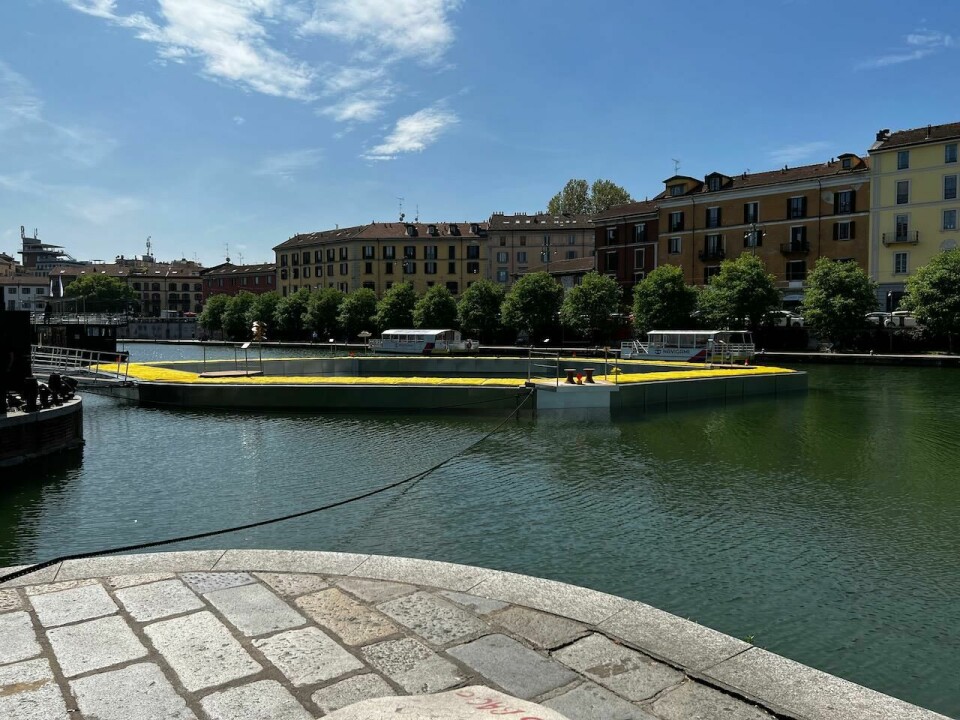
In the Brera design district, Audi erected a circular pavilion to show off its Skysphere concept. The circular structure stood in the square courtyard of a former seminary, which opened to the street through a seventeenth century classical gate. Again, old versus new, further emphasised by the sleek modern Audi pavilion.
The roundness of the Audi installation was to represent the circular nature of sustainable industrial products, where recycling and re-use renews the product. The series of domino-shaped slabs were meant to represent the design and manufacturing process, where every decision good or bad, leads to other decisions.
And finally, there is the city of Milan itself. Ancient even by Italian standards, it has, over the centuries, demonstrated a remarkable ability to renew and rebuild. In the past two decades it has again renewed itself, emerging from an industrial capital to one that focuses on banking, fashion, and increasingly, cultural pursuits like the design week itself. The old and new are in constant flux here, and there is a great deal of dialogue and debate.
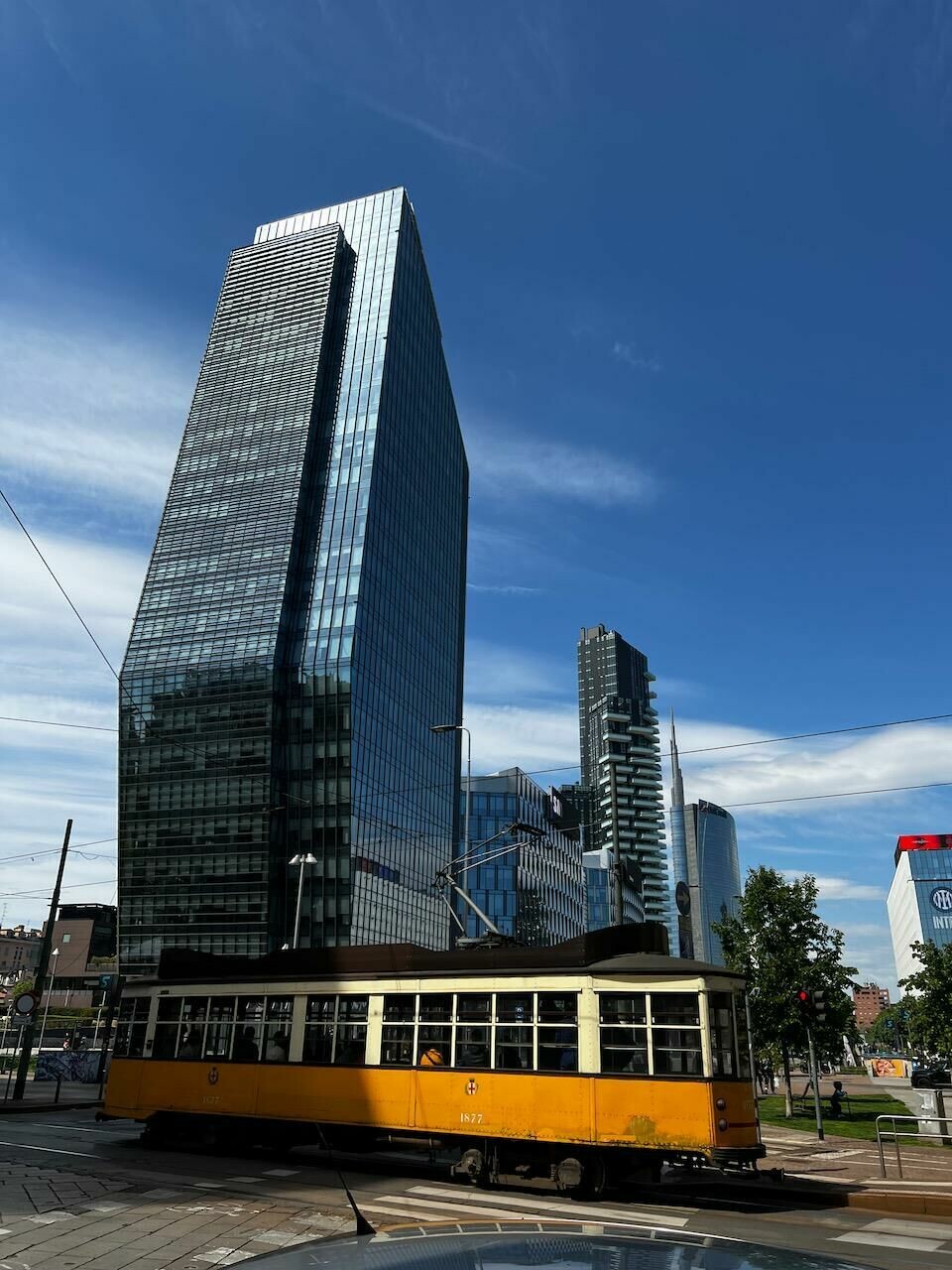
It is that dialogue and debate – and the creative tension between them – that allows innovative design pursuits to flourish, as witnessed by the week’s many events (over 350 of them). We have no doubt that automotive happenings will increase here in the coming years. Car Design News plans to be here again to lead the discussion.










